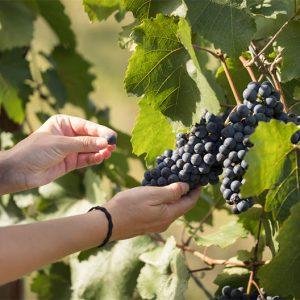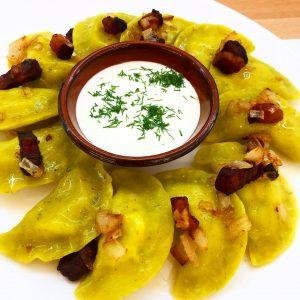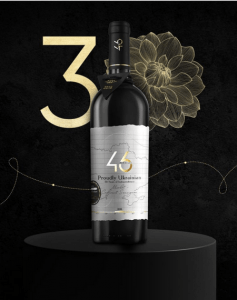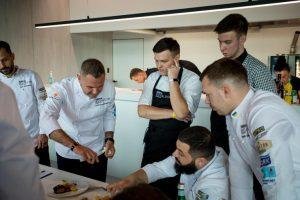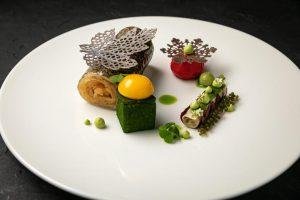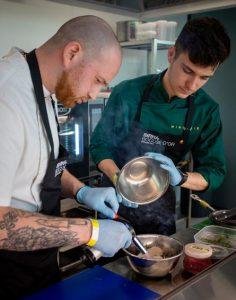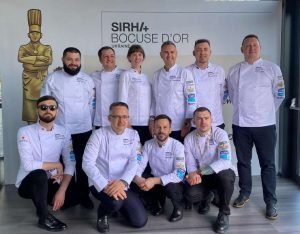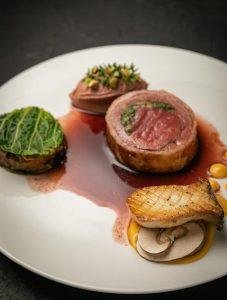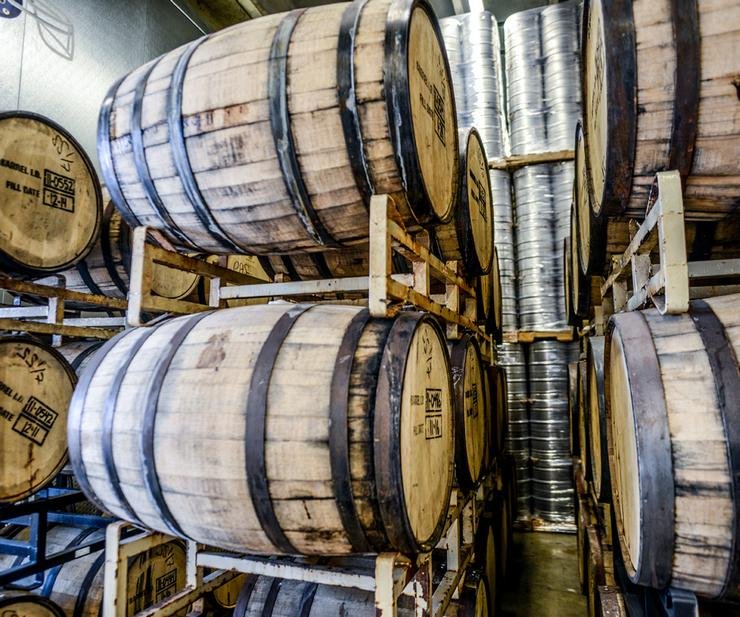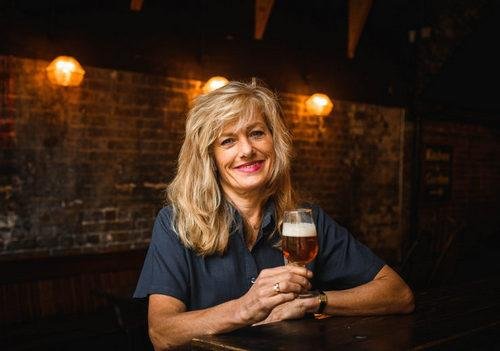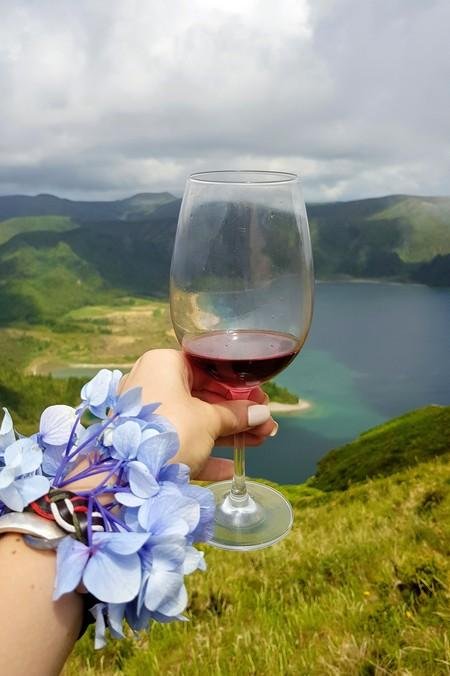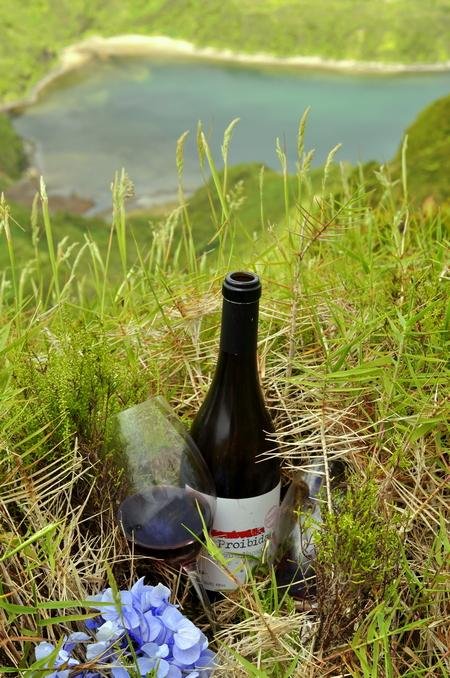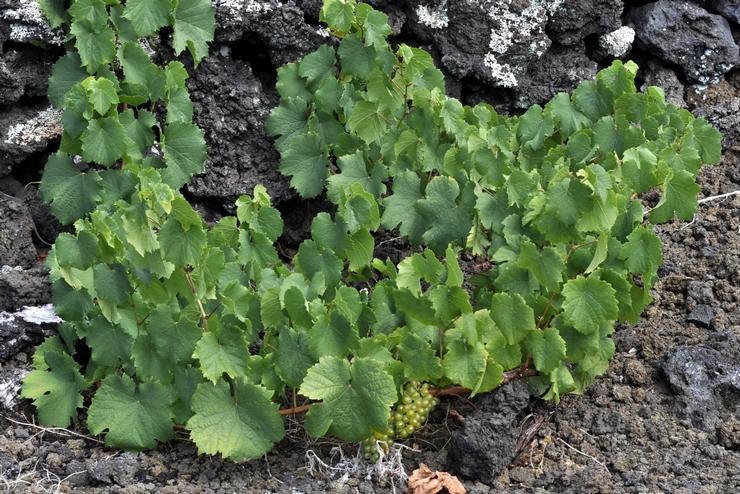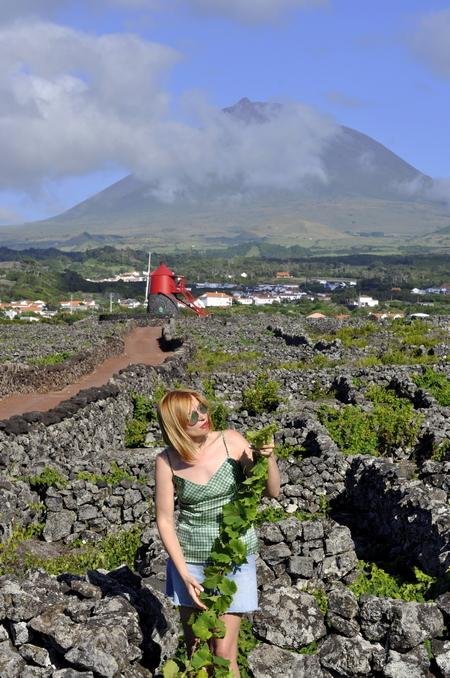“The Best Sommelier of Ukraine 2020”: an action-packed finale
The events of this year have surprised many. One of extraordinary events is the finale of the contest “The Best Sommelier of Ukraine 2020” traditionally held by the Association sommelier of Ukraine. Drinks+ Media Group was the general information partner of the competition, what allows us to talk about all the features of this event in detail.
Let’s start from the spot. Perhaps, it doesn’t make certain men, but you must agree that the Kyiv Congress and Exhibition center “Parkovy”, where a sommelier competition was held as part of the BE WINE International Show, can become very spectacular decorations for any show. And moreover – to such an exciting one which turned out to be this year’s competition of the pros.
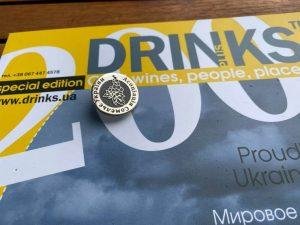
First and foremost, one might say, historical event for us has happened during the competition. Communication Media Group Drinks+ officially became an associative member of the Association sommelier of Ukraine. The official announcement regarding the Drinks+ entry took place before the final of the competition. The badge – a sign of associative membership – was presented by the President of the Association, Ivan Bachurin. We think this union will benefit the entire Ukrainian wine market. At least, together we have taken a step towards consolidation which is on the agenda in Ukraine today. And here are the first steps.
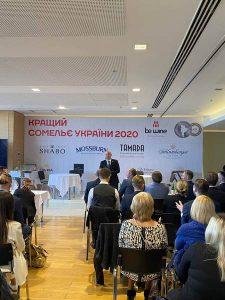
And the finale! We would like to recall that according to the rules of the International Sommelier Association (ASI), the selection of future finalists takes place behind closed doors, their candidacies are not announced until the very final. This time, the judges debated until late at night. As a result, they determined 4 finalists instead of the traditional three and, as Ivan Bachurin explained, the difference after the announcement of the result of the semi-final ranged from 0.5 to 0.75 points. In short, the battle was a quarter point.

The best sommeliers of Ukraine from previous years were invited to evaluate the championship and choose the winner. As Ivan Bachurin rightly noted, “only the best sommeliers have the right to choose the next best one!” The panel of judges included: Yurii Hlushko – “The Best sommelier 2007”, Ivan Bachurin – “The Best sommelier 2009”, Oleksandr Patsera – “The Best sommelier 2010”, Oleh Kravchenko – “The Best sommelier 2011”, Oleksii Hyzhko – “The Best Sommelier of 2014”, Vyacheslav Nazarchuk – “The Best Sommelier of 2016”, Ivan Percheklyi – “The Best Sommelier of 2017”, Oleksandr Meier – “The Best Sommelier of 2018”. And the best chose the best. More precisely: Maryna Revkova, a sommelier of the Vino e Cucina restaurant, became the champion of “The Best Sommelier of Ukraine 2020” competition from the Association sommelier of Ukraine.

The Drinks+ team congratulates Maryna and is very proud of her victory! And, of course, we look forward to the next victories: Maryna will represent Ukraine at the Best Sommelier in Europe and Africa competition, which will take place on November 15-19 in Cyprus. Bohdan Pavlyukh, the founder of the Wine is Easy School, became the vice-champion. Yan Bezruchko, a sommelier (Belarus), won 3rd place. The 4th place was won in a real battle by Pavel Mnukhin, the brand ambassador of the Wine Bureau (here we will add – our author, for whom we sincerely root. Well, now we are happy for him :). The sponsors of the competition were: SHABO, Marussia Beverages Ukraine, Tavria House of Vintage Cognacs, Chef & Sommelier, Wine Guide of Ukraine.

The Drinks+ columnist took a blitz interview with Ivan Bachurin, President of the Association sommelier of Ukraine.
A few words about the composition of the finalists, their qualifications. What was the intrigue of the competition announced by the organizers?
The final was an action-packed, all four finalists went shoulder to shoulder, as they say, and literally at the very last moment it was decided that not three, but four semi-finalists would compete. The intrigue of the competition began to cultivate in the semi-finales, because out of 12 semi-finalists, objectively at least four more could qualify for the finale and victory. When the finale became clear, it turned out to be incredibly difficult to say who would win. The guys are objectively all very strong, certified, and passed the most difficult ASI exam. And they all took part in the qualifying round for international championships, in particular, in Poland, which took place recently. In a word, this year the final brought together people who at the moment in the Association sommelier of Ukraine, and in general in Ukraine, are the strongest in our profession.
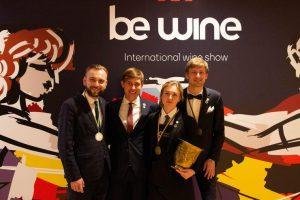
What is the peculiarity and the difference between the tasks of the competition this time in comparison with the previous years?
The Competition Projects fully met the requirements of the International Sommelier Association (ASI) both in the qualifying round and in the semi-finales and in the finale. These are classic tasks: serving sparkling wine, serving still wine, full description in English, as the winner must participate in an international competition. By and large, all participants are English-speaking, but if someone did not speak English, then, according to the jury’s decision, the English-speaking tour would not have been exhibited, because all competitors should be on equal terms. Another task was different – working with a wine list: the process of identifying errors not only gave a chance to earn points but was also fraught with fines. In addition, we have developed two surprise missions. The first was about the culture of cocktails and beer, the second was about the unmistakable pouring of Magnum Schlumberger on stage.
What are your general personal impressions of the current competition?
As the President of the Association sommelier of Ukraine and the holder of the status of “The Best Sommelier of Ukraine”, I can say that over the past ten years of observation (of which I have been judging contests for seven years and I have been creating them for another three years), it was the strongest finale of the decade among all competitions held in Ukraine.
The events of this year have surprised many. One of extraordinary events is the finale of the contest “The Best Sommelier of Ukraine 2020” traditionally held by the Association sommelier of Ukraine. Drinks+ Media Group was the general information partner of the competition.



